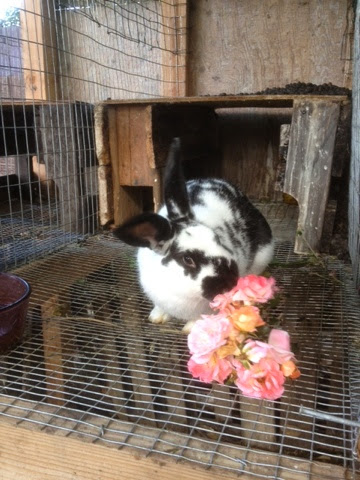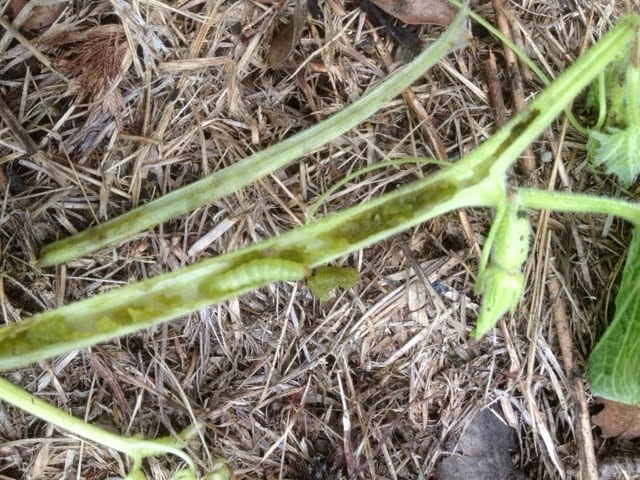This is the first time I've raised piglets with the intention of meat. So I asked a number of other homesteader types about how they finished their pigs. I got a wide variety of answers. By far the most common answer was "pig finisher", a commercial feed based upon corn and soybean.
Of the people who either raised their meat pigs on pasture or pen fed them something other than commercial pig finisher, most said that they fed a special finisher diet the last 30 days. The idea was to improve the flavor of the meat. Universally, grain was the top choice and the majority of the diet. Cracked corn, crimped wheat, crimped oats, and cracked barley were mentioned, in that order. Grinding the grain was common. Field peas were used for 30-40% of the ration by a few people. Milk or whey was a common ingredient. Another swore by sprouted grains. Most people chopped some veggies or added kitchen scraps to the meals. Some added some bakery waste to each meal.
A few farms finished theirs on pasture, milk/whey, and nuts if available (acorns, filberts, and walnuts were mentioned). They used no grains, vegetables, kitchen waste, bread.
All the people who responded swore by their method, claiming the meat was delicious. So I'm suspecting it's not a case of what to feed, rather a case of what NOT to feed. Everybody advised me to avoid strong tasting feed stuffs, like fish, meat, onions, garlic, etc. It was suggested to avoid feeding too many nuts because it made soft bacon. Too much flax, more than 5%, was said to cause problems with the fat firming up for the bacon too. That particular farm was trying to increase omega fatty acids in their meat and discovered that a lot of flax ruined the bacon.
30 days prior to slaughter seems to be the accepted norm. Why 30 days? Tradition? Knowledge based upon previous generations' experience? Don't know, but 30 days it is.















































